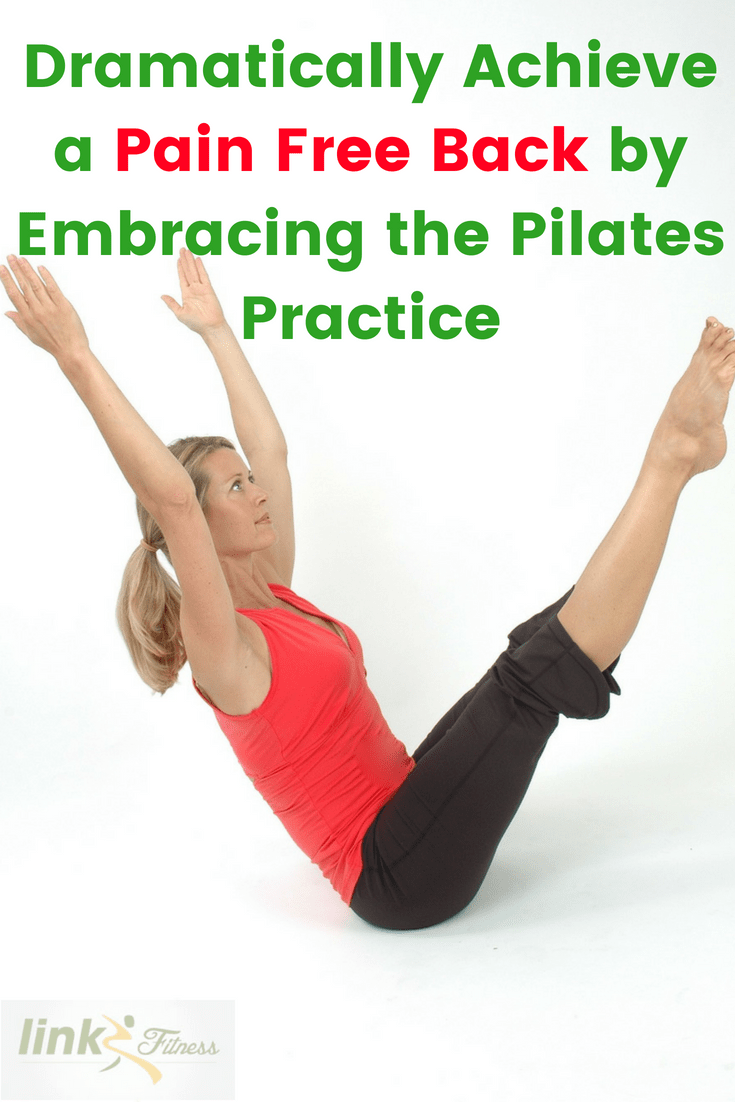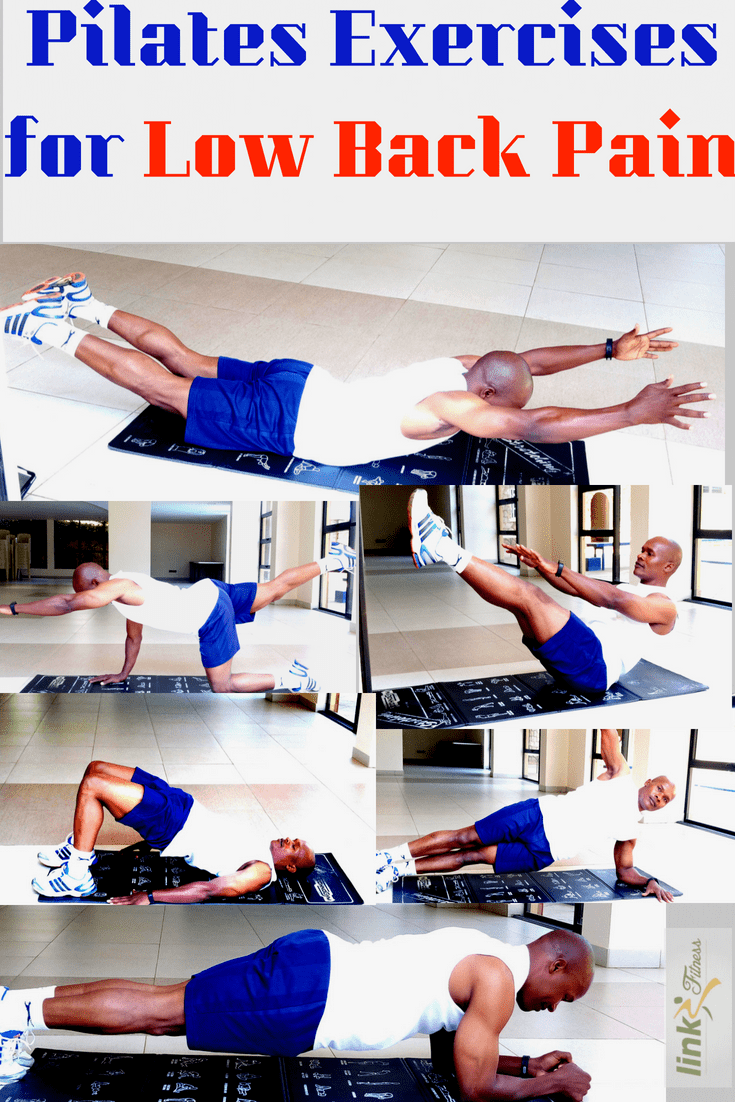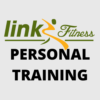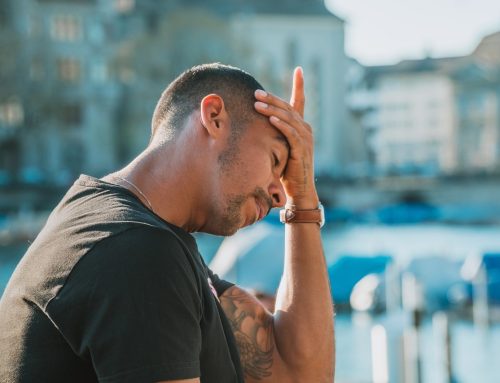 Almost everyone I know has at one point in their lives suffered from mild to chronic low back pain.
Almost everyone I know has at one point in their lives suffered from mild to chronic low back pain.
Back pain is not a respecter of persons. It doesn’t matter whether you’re active or not, you will at a given time experience the painful pangs of low back pain. You must be prepared to be able to handle it when it happens by taking the necessary preventive measures.
Inactivity and a generally sedentary lifestyle is a leading cause of low back pain. On the flip side, you can be active and exercise regularly but poor exercise mechanics and improper exercise selection can result in back pain. This can often range from a dull ache to excruciating pain that completely immobilizes you.
I’ve been a victim of back pain on several occasions.
Do you train hard and always try to exceed your limits? You will agree with me that if you’re always hitting the gym hard on most days of the week, chances are these type injuries are bound to happen.
You might strain a muscle here or pull a tendon there but I believe that’s what life is all about. What matters is your attitude after you get an injury.
Do you allow it to slow you down and squeeze happiness out of your life or do you pick up the pieces and move on with whatever task that’s at hand?
Sudden Low Back Strain
Monday afternoon, I walk to the gym feeling fresh and psyched up after a weekend break from training. Its leg day and as usual before I embark on serious training, I hop on the treadmill for a ten-minute warm-up.
After my warm-up, I walked straight to the squat rack, loaded it with 20-kilo plates and started my first warm-up set. After four repetitions into the set, I’m struck by a painful spasm across my low back. That was it; my leg day was done. I couldn’t do anything else after that as the pain was terribly unbearable.
Low Back Pain Relief Through Pilates
So what do I do after this event? I fall back to my favorite mode of pain and stress relief…Pilates. I start by doing a few gentle stretches at that particular moment, and continue with the stretching and strengthening routine every day for a week and after 7 days, I’m back to my squats though not at full throttle.
This does not, however, mean that Pilates is a cure for everything and will magically work for you.
You must be evaluated by your doctor to properly diagnose the cause of your back pain. In addition, you should make sure you work one – on- one with a qualified Pilates Instructor until you regain full strength, mobility, and function.
Pilates is perfect for me because firstly, I exactly know and understand what works and what doesn’t work for my body and secondly, the experience that I’ve gathered for the past years training hundreds of clients gives me the confidence in dealing with such mishaps.
What Causes Low Back Pain
Most back pain cases are directly or indirectly caused by structural imbalances in the body. Poor posture, muscular imbalances, pelvic instability and lack of core support all affect your back’s health.
You will able to effectively handle these issues by taking up regular Pilates practice. The whole concept of Pilates is geared towards helping you eliminate these structural imbalances and ensuring that your body is functioning at its peak condition.
Here’s What Pilates Will Do For You
Below are several ways through which Pilates will help you prevent and alleviate low back pain:
-
It will promote good posture.
When you practice Pilates, every single exercise is performed in perfect alignment. You achieve perfect alignment when all body parts are perfectly lined up in relation to each other.
Whenever your body is not aligned, there is uneven stress on the spine resulting in back pain. Pilates creates uniform muscle use and development if done inattention to alignment. If you’ve ever taken a Pilates class, you must be familiar with the term “neutral spine”. This is the ability to maintain proper placement of the spine and pelvis. It also includes having enough core strength to support the spine’s natural curves. The more you are able to do this, the less likely you’ll suffer from unnecessary strains on your back.
-
It builds core strength.
Having core strength is when all the muscles of your trunk are strong and are working together to support your spine. These muscles include your abdominals, deep low back muscles, upper back, shoulders and the muscles around your hips.
They play crucial roles in stabilizing and supporting your spine. Any tightness or weakness in any of these muscles will, without doubt, result in undue strain on your back. This will eventually lead to pain. Regular practice of Pilates will ensure that your core is strong your back safe as a result.
-
It increases body awareness.
How your body feels and stays in space is your body awareness. Are you able to move your limbs efficiently using your trunk as stable support? During my Pilates sessions either with a single client or in a group, I normally advise whoever has back pain to use their bodies as their own guide and this has proven to be very effective.
Whenever you have low back pain, you’ll often realize that some flexion exercises (bending forward) are painful whereas extension exercises are not and vice versa. Focus on doing movements that are not painful. It is also important to be very mindful when trying out new exercises because they might aggravate the pain. As a general rule, if it hurts, don’t do it, it might cause more harm than good.
-
It promotes flexibility.
If you have a healthy spine, you should be able to bend forward, backward, and rotate without any discomfort. Pilates promotes movement of the spine in all directions. It relieves the stresses and strains of everyday life and significantly reduces the chances of injury. Core strength and flexibility go hand in hand to build a strong support and to maintain a healthy back.
If you’re going through an episode of low back pain, take heart. This is not a permanent condition. You can get it sorted out through exercise and other modalities that I will not be delving into today.
Below are simple exercises that will help you relieve pain and stiffness if done regularly. These exercises will  strengthen and stabilize your core and support proper spinal alignment. In addition, they will help prevent poor posture and injuries’ to your lower back.
strengthen and stabilize your core and support proper spinal alignment. In addition, they will help prevent poor posture and injuries’ to your lower back.
Before you begin these exercises, do a light 10 minutes warm up. You can walk on the treadmill or around the block to loosen up your joints and to keep your body ready for the workout. Do each exercise in a slow and controlled manner for 10-15 repetitions and for 2 sets 2-3 times a week.
- Back extension 15 repetitions
- Bird-dog (30 seconds per side)
- Static Teaser/ V-Up: modify by bending knees. (30 seconds)
- Bridge (30 secs)
- Side Plank (30 secs)
- Prone Plank ( 30 secs)





